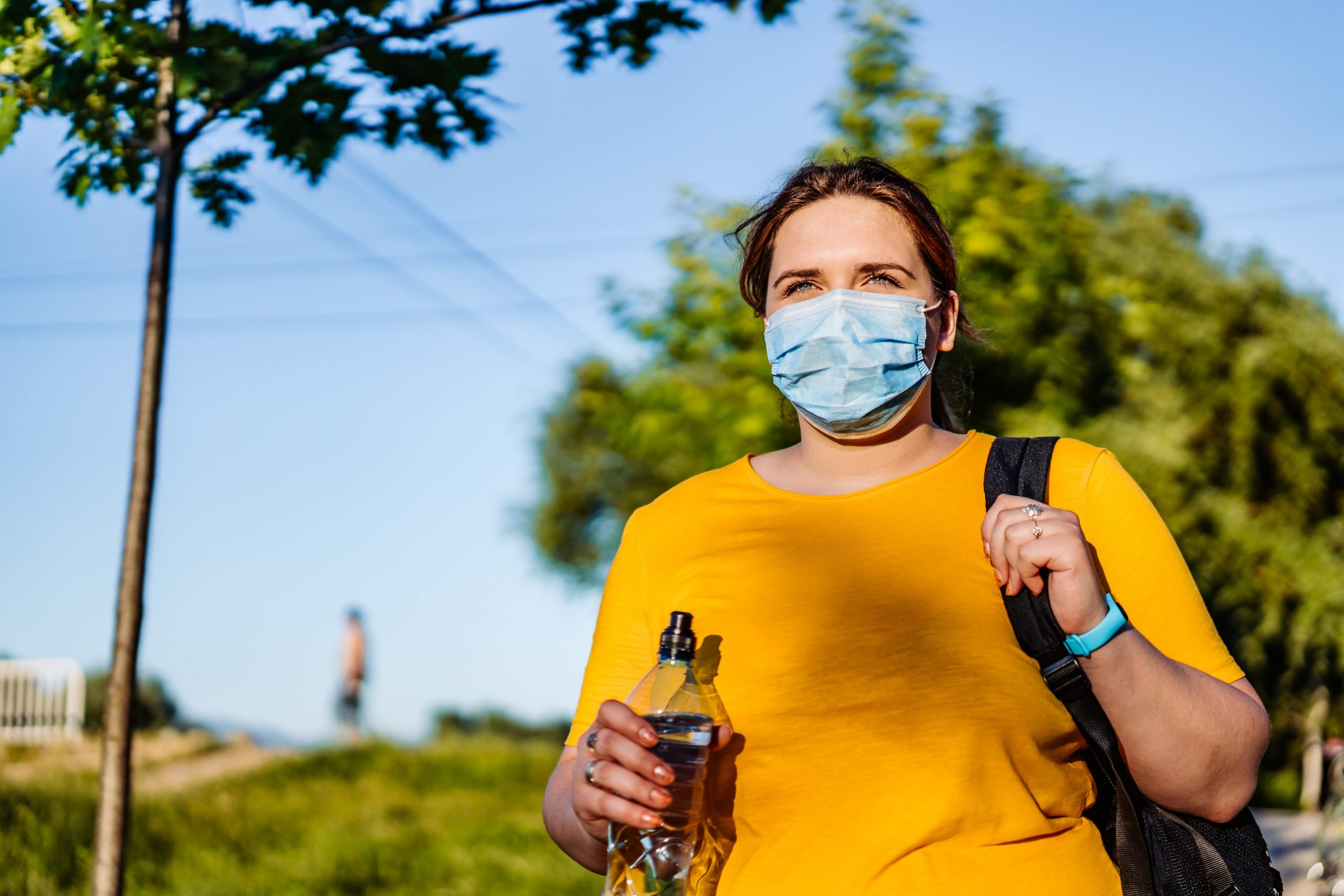
Urbazon/Getty Images
- People with COVID-19 should avoid exercise, even if they’re asymptomatic.
- Anything more than a brisk walk could affect your immune response to the virus.
- COVID-19 patients can make a gradual and careful return to exercise once they’ve recovered.
- Visit Insider’s homepage for more stories.
COVID-19 is not a one-size-fits-all infection. Some patients report feeling winded after crossing the room, but an estimated 40% of those infected will never show any symptoms at all.
That leaves a large portion of people with COVID-19 who feel well enough to go about their lives but are still infectious enough to have to quarantine. Some might wonder if they can at least get a workout in while self-isolating.
However, experts have recommended that COVID-19 patients with and without symptoms take it easy for at least a week after testing positive.
Read more: How to have an effective workout when you’re hungover
“COVID is a hugely different thing for every single person that gets it,” sports medicine physician Jordan Metzl told Insider. “But in general, we’re recommending reducing significantly any activity to some movement, but no real formal exercise.”
People who have tested positive for COVID-19 but are asymptomatic may have a bit more leeway for physical activity, Metzl said. After all, some wouldn't have known they were infected had they not gotten tested, and likely would've continued their regular exercise regimen otherwise.
But for anyone feeling ill - especially those experiencing symptoms like fever, body aches, and swollen lymph nodes - avoiding exercise is the safest choice until you're fully recovered.
A brisk walk might be OK, but avoid intense workouts
If a patient is feeling up for it, a light walk outside is fine as long as they stay away from other people, so as not to infect them, Metzl said.
Light to moderate exercise - a brisk walk at most - may even be beneficial for people with mild respiratory symptoms like a cough, said Alex Koch, a professor of exercise science at Lenoir-Rhyne University.
But anything more strenuous than a power walk could actually make the infection worse, even for patients with mild symptoms.
"More intense exercise should be avoided during COVID infection, even if symptoms are mild, as higher-intensity exercise can temporarily reduce immune function, which would not help one combat the virus," Koch wrote in an email to Insider.
Read more: A gym trainer exposed 50 athletes to COVID-19, but no one got sick - because one member is a ventilation expert who redesigned the room's layout
You can ease back into exercise a week after your symptoms resolve
Asymptomatic people can typically return to exercise 7-10 days after testing positive, Metzl said.
Even if you don't feel sick, it's still wise to make a gradual return to exercise after a week of relative inactivity. Metzl recommended starting at a low level of exertion and upping it 10% each week - going from walking to jogging to running, for example.
"You don't want to go from doing nothing, to all of a sudden starting running and doing HIIT workouts and things like that," Metzl told Insider. "This is a slow return to exercise, both in terms of duration and in terms of intensity."
People who experienced COVID-19 symptoms should wait at least a week after recovering to resume exercise, and they may want to speak with a doctor first.
COVID-19 increases your risk of inflammation in the heart
It's important that people don't push through symptoms and do give themselves plenty of time to recover. Otherwise, they might not notice their bodies telling them something is wrong.
Some people with COVID-19 - as many as one in every five hospitalized patients - go on to develop myocarditis, an inflammation of the heart muscle that can cause fatal damage. This inflammation can persist after COVID-19 symptoms resolve, Koch said.
Most people with myocarditis will experience symptoms such as chest pain, palpitations, dizziness, or shortness of breath with light exertion. So if you start your first power walk and feel like something might be amiss, stop your return to exercise and seek a doctor's advice as soon as possible.
